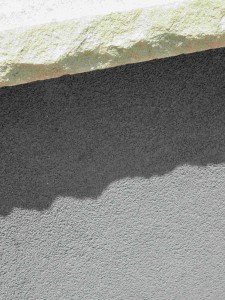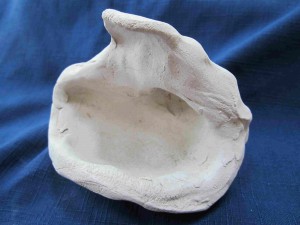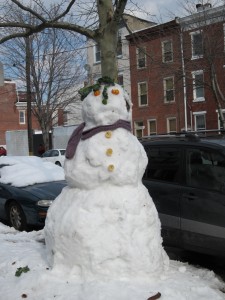[This post is the second in a series on prayer. If you haven’t yet, I recommend you read last week’s post — Learning to Pray — as an introduction.]

Down the street from our house is a booth for a pay phone that’s no longer there (another casualty of the cell phone age) that somebody decided to have fun with. They glued a fake paper phone on the back wall of the booth and stuck a tin can on the end of the cord. Anybody who walks up to that booth expecting to place a call is in for a surprise.
I’ve been walking by this faux phone for a while now, appreciating the humor of it, but recently it occurred to me that it’s an apt symbol for the way a lot of people feel about their prayer life — like they’re trying to connect with the divine realm and it’s just not working. If this describes your experience, it might be an invitation to change your way of approaching prayer.
Before I get into the details of how I go about praying, let me clarify something that you’ll need to know about me. I often use the word “Reality” to describe what monotheistic religions usually call “God,” and the reason I do comes out of my own spiritual experiences that have shown me that all is One, that nothing exists outside of the Great Love, that all of our notions of separateness are illusion, as well as any apparent forms that arise from that notion. Because the word “God” can conjure up ideas of a Being that stands apart from the world and humankind (think Sistene Chapel), I don’t often use it.
This perspective about Reality has significant implications for how I go about prayer, because I no longer approach prayer as though I were placing a phone call to request help from an external being. When I pray, I move inward, to the part of my being that already knows my oneness with Reality and with the situation or people for whom I’m praying.Continue Reading







